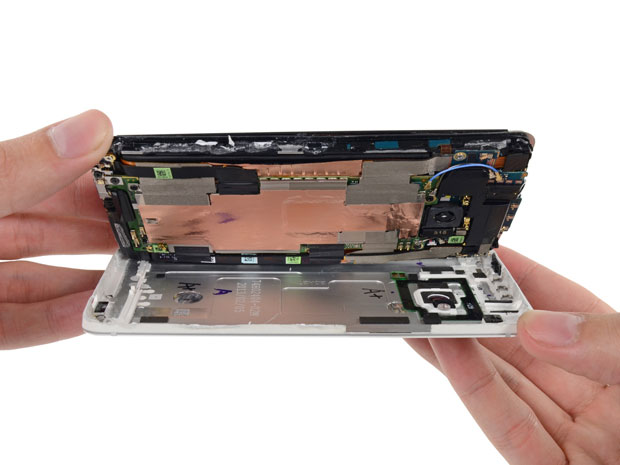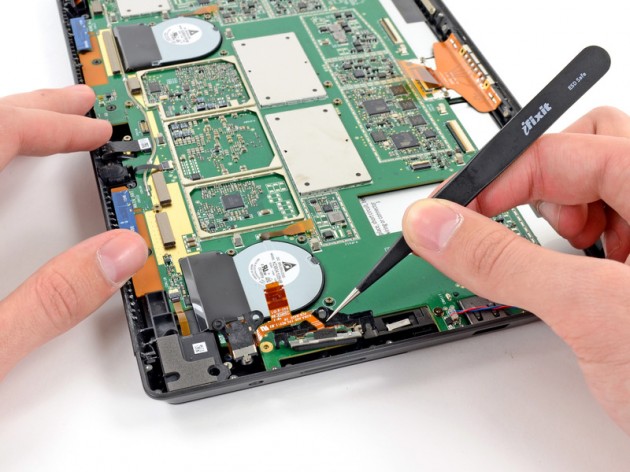 The HTC One may have scored a decent four out of five in our review, but it's fared less well in another test. A lot less well. The screwdriver-wielders over at iFixit cracked open the flagship in one of its trademark teardowns, to see what it's made of and how repairable it is. It scored the lowest of any handset iFixit has ever torn down.
The HTC One may have scored a decent four out of five in our review, but it's fared less well in another test. A lot less well. The screwdriver-wielders over at iFixit cracked open the flagship in one of its trademark teardowns, to see what it's made of and how repairable it is. It scored the lowest of any handset iFixit has ever torn down.
On the plus side, that means it'll be very durable to knocks and drops. But good luck if you want to try mending it yourself.
The One is chiselled from a solid block of aluminium, which would explain why it's so tricky to take apart. Getting in didn't prove too troublesome for the team, using a suction cup to lift off the screen. But then the lack of hidden screws meant it had to use a metal spudger (a bit like a spatula) to free the One's innards from the "dungeon-esque aluminium case".
Separating the rear and front cases required an "immense" amount of work, according to iFixit. The handset "was not made with open-ability in mind".
Step 15 shows a closer look at the Ultrapixel camera -- that 4-megapixel doohicky that HTC claims is better in low light than higher-resolution rivals.
The site concludes it's "very, very difficult (possibly impossible?) to open the device without damaging the rear case."
Still, good news on the durability front.
The HTC One was delayed, and has only just started hitting shop shelves here in the UK. We found it to be a decent high-end Android smartie, though it's probably worth waiting for our review of the Samsung Galaxy S4 to see how it stacks up.
[Source: CNET]



